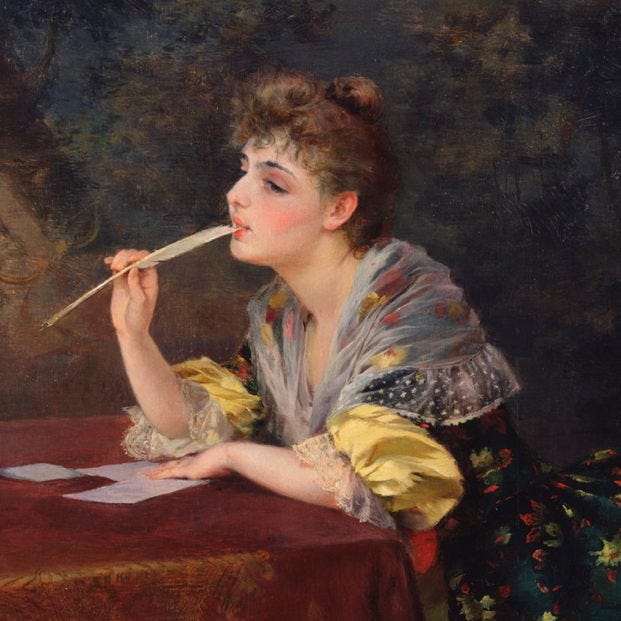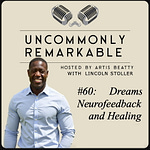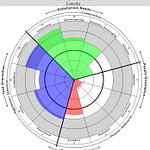“Don't think. Thinking is the enemy of creativity. It's self-conscious and anything self-conscious is lousy. You can't ‘try’ to do things.” — Ray Bradbury, author
Creativity
What’s normal is what’s expected. Creative behavior is not normal by definition, but no one’s life is “normal.”
Imagine a situation in which everyone was acting creatively, which means their actions stretched expectations in some way. Normal creativity means that people can recognize what’s different within a context of regularity. People need to know what element of the normal is being stretched.
If your behavior appears incoherent then it’s not considered creative, it’s considered crazy. If you’re seen as a sane person and you act crazy, you’ll be given the benefit of the doubt. Other’s will assume you’re expressing a new idea in a way they don’t understand and they’ll look for a logical explanation. But if you are not considered sane, or you’re seen as being inclined to crazy ideas, then people will doubt the value of your creativity.
I make this point because I think it explains why many people are reluctant to express creative ideas. The reason is that they’re concerned with their general image and how they’ll be understood. Most of us are full of crazy thoughts and we have to contain ourselves in order to retain credibility.
Communication
Another dimension to creativity is how well you explain yourself and how well you understand yourself. If you’re good at making yourself understood, either because you’re logical or charismatic, then your creativity will be seen as having a reasonable foundation. If you’re a poor communicator, then all of your ideas will have trouble gaining acceptance.
Some people are good at justifying their creative ideas, but who create instability in themselves. Consider the painter van Gogh whose paintings were tolerated without enthusiasm. His contemporaries recognized that he was being visually creative although no one much liked his work. On the other hand, his creativity was destabilizing and drove him mad.
Personal instability is common in highly creative people even when they’re highly competent. That is, their creative ideas may appear very rational to most of us, but the same ideas may be taking these people into madness. History is full of mad artists, authors, and scientists who enlightened humanity before disappearing off the deep end.
Daydreaming
You have control of your daydreams and, most importantly, they’re private. You can express your creative ideas without judgement. You only need to remember to keep them to yourself, at least until you’ve decided whether they’re worth telling anyone about.
I have daydreams I would never think of revealing except in the most permissive circumstances. I have just one friend with whom I’ll share abnormal thoughts. We understand the game of who can be the most verbally outrageous. There are limits. We basically explore the realm of comedy where crazy ideas are allowed as long as they’re trying to be funny.
We self-censor not only what we say but also what we think. We know that once a thought is in our heads it tends to leak out our mouths. And even when thoughts are unspoken, they escape in other ways. Unless you’re a skilled communicator it’s best to prevent unacceptable thoughts from entering your mind.
This is a problem. How are you going to find new solutions if you deny yourself suspicious ones? Do you think you’ll be able to tell good from bad creative ideas on the basis of their propriety? Isn’t propriety based on what other people think? What other people think is not going to help you solve your problems.
Creative Dreaming
The first step to creative dreaming, a step which is the most necessary but not the most important, is to give yourself the opportunity to daydream. This means unplugging from other people’s thoughts. It means giving yourself time with no podcasts, newspapers, webcasts, TV, social circles, or social media. Time to be alone with your thoughts and moods, whatever they are and under any circumstances.
The next step, which is the most important but isn’t necessary at first, is to stop censoring yourself. This might sound liberating and attractive but you’ll find it’s not so easy and it’s not risk-free.
Among the things that you don’t tell yourself are many that you don’t want to hear. All of us have traumatic events from our past that we’ve happily forgotten. We protect ourselves from these thoughts for the betterment of our mental health. They will retraumatize us now, if we re-engage them.
These traumatizing thoughts are important but you’re probably not ready for them. It takes time and you approach them in stages. Recognize that some thoughts really do feel toxic, not simply inappropriate, and those thoughts need to be carefully managed.
As you become more open to creative thinking you’ll recognize these three kinds of creative thoughts: the practical, the inappropriate, and the toxic. Distinguishing these categories is the third step. It’s possible to recognize these differences without violating the boundaries, but it takes practice.
Pink Elephants
There is the old saying that you can’t not think of a pink elephant once you’ve been told to not think of a pink elephant. This is true as far as pink elephants go.
In contrast, you can not think of toxic thoughts after you’ve been told not to think of toxic thoughts. The difference is that pink elephants are either there or not there, while toxic thoughts exist at a distance. You can recognize their presence without allowing them to get close.
To get more out of your dreams, schedule a short, free call at
Listen to this episode with a 7-day free trial
Subscribe to Stream of Subconsciousness to listen to this post and get 7 days of free access to the full post archives.













